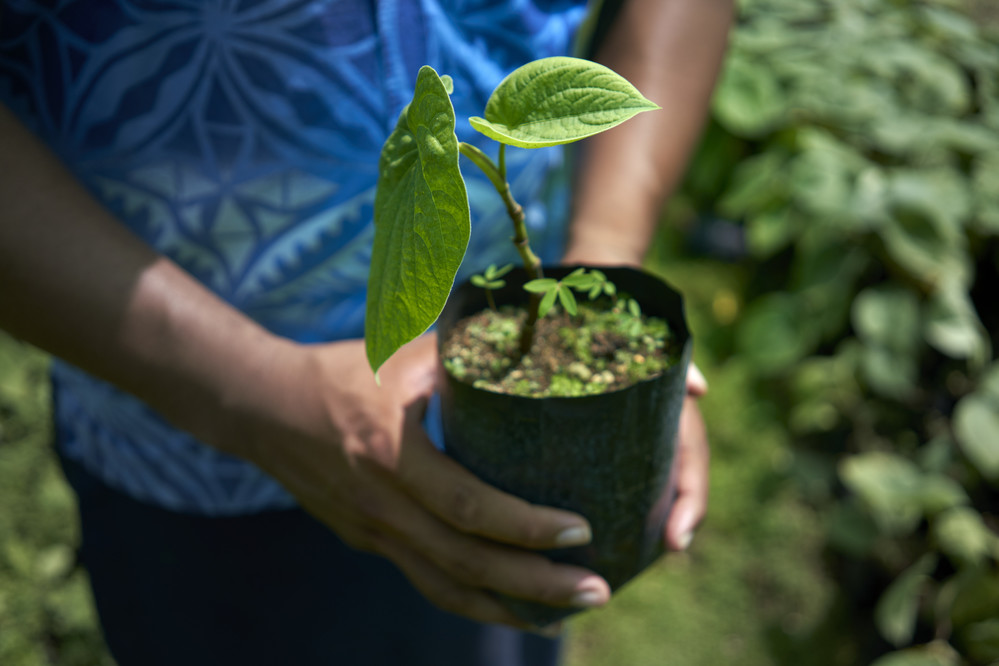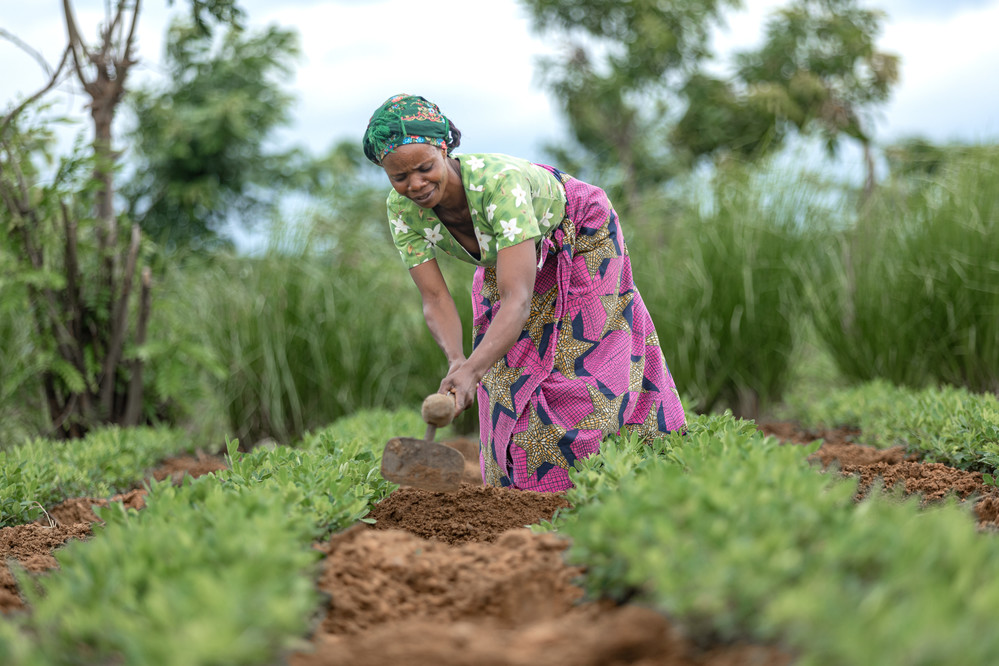On 22 February 2024, over 130 agri-finance enthusiasts attended an event exploring how investment fund managers lend to small or less mature enterprises in agriculture. The session was the first in a three-session series hosted by the Smallholder and Agri-SME Finance and Investment Network (SAFIN) and the Marketlinks initiative of the U.S. Agency for International Development (USAID).
The ‘S’ in ‘SME’ represents a market segment that financiers in the agriculture sector find too costly and risky to serve. Segmenting agricultural small and medium-sized enterprises (SMEs) is the first step to designing financial products that adequately address their diverse stages of growth and needs. The first session of the Backing the Middle series focused on funding smaller agricultural enterprises that often seek loans worth US$ 50,000-500,000. Experts from the SME Impact Fund (SIF) and Kampani, two investment funds that successfully finance this segment, shared insights from their experiences. While both funds specialize in investments below US$ 500,000, they each approach this market with distinct strategies: Kampani invests globally using equity-like products with a tenure of up to 10 years while SIF invests in a single country (Tanzania) offering debt for about one year. Below are the key takeaways from the rich discussion.
-
Matching financial products with capital needs
An in-depth understanding of the investment needs of small enterprises is fundamental for the investment strategy of fund managers targeting them. Kampani uses patient subordinated debt or quasi-equity instruments to finance small enterprises and cooperatives seeking to invest in capital-intensive assets like land or machinery. This choice stems from an understanding that small businesses may not have the time or capacity to engage in structuring pure equity deals alongside their core business. SIF opted to provide working capital to enterprises growing or adding value to seasonal crops like maize in rural Tanzania. This was driven by the firm’s understanding of the cyclical nature of food crops in the country and its ambition to generate an impact on rural livelihoods.
-
Balancing investment economics and development outcomes
The panelists agreed that aligning with impact-first investors and donors has enabled them to sustain their investments in the small business market. For SIF, this took the form of a recent capital injection from the Mastercard Foundation Africa Growth Fund which aligned with SIF’s impact targets in rural areas, including on aspects such as women and youth inclusion. Kampani received a grant from the Kingdom of Belgium through which it offers first-loss protection to private investors interested in SME finance and development. In this case, the partnership was born of an appreciation of the need to scale small business investments that can impact entire communities.
-
Building strong relationships on the demand and supply sides of agri-SME finance
Kampani and SIF both emphasized the importance of sustained engagement and commitment with SMEs that receive their capital as well as their co-financiers. On the recipient side, their relationships encompass learning about their enterprises’ business model and supporting them in improving their financial management and business processes. Relationships with co-funders allow both funds to understand how small enterprises can address their outstanding capital needs and maintain steady growth. Kampani, for example, maintains relationships with social lenders or banks that can provide short-term loans to their clients receiving long-term capital.
Learn more about agri-SME segments in our taxonomy


